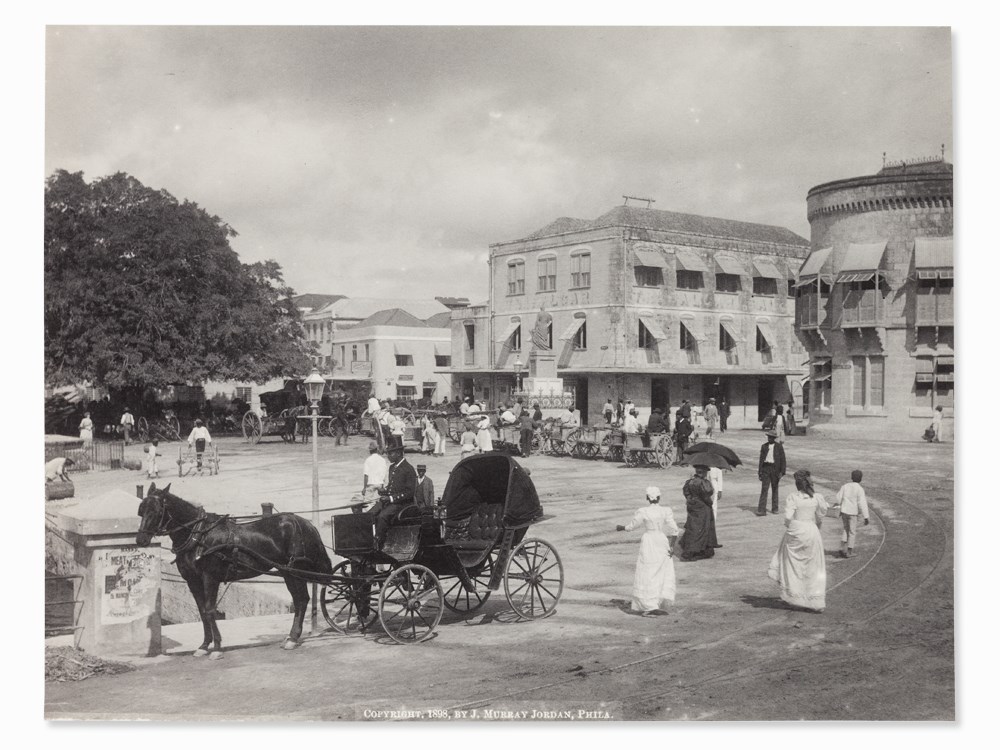
Scrolling sales at Auctionata, the Berlin-based online “patented real-time auction” house for art and antiques, I was surprised to discover what seemed to me like very serious attribution errors in today’s photography sale in Berlin. Don’t they have experts at this venture capital–driven online auction business? Do they care? Are they a serious auction business or just an eBay wannabe? What is going on?
Launched in 2012 by Alexander Zacke and Georg Untersalmberger, Zacke leveraged his “10 years experience as eBay Titanium Powerseller” and tenure at the Vienna-based auction house Dorotheum (established 1707), to attract $50 million in VC investment (Angel, Series A, Series B ) to capitalize Auctionata’s global ambitions. But venture capital money and new tech gadgetry can’t overcome lack of scholarship, research, experience, and expertise. Auctionata’s June 13, 2014, photography sale, curated by Chicago-based photography “expert” Aaron R Baker, reveals errors, including errors of omission, for at least three lots featuring architecture. Yet Auctionata boasts a “25-year guarantee of authenticity”, and promises that every lot is “thoroughly checked, valued and verified as genuine by our experts”.
Lot 73, “Town Square Bridgetown Philadelphia, 1898 by J. Murray Jordan,” features buildings with prominent top-hinged plantation shutters propped open at the base to shield a harsh sun–an architectural detail familiar in the Caribbean but not in Philadelphia, Pennsylvania. The lot’s “detailed description” includes a pencil notation on the photograph verso which includes the correct location: Bridgetown, Barbados.
But Auctionata creates a fictitious location. Facts are then skewed to fit, and a historical fallacy created. The true location is significant: Trafalgar Square (renamed National Heroes Square in 1999) is the hub of Bridgetown, Barbados, and features the controversial statue of Admiral Lord Nelson at the top end of Broad Street. Yet Auctionata doggedly states that “apparently towards the end of the 19th century [the] predominantly African American population [of “Bridgetown, Philadelphia] lived, as it can be seen in the image where people are stroll [sic] over the place”. This is ridiculous.
Auctionata founders Georg Untersalmberger and Alexander Zacke.
Photo: Courtesy of Auctionata.
The architecture in Lot 22, “Alfred Eisenstaedt (1898–1995), Celebration, USA, 1930s,” is similarly distinct. The lot’s “detailed description” says the photograph “originated in the 1930s,” but the clothing, hair, and bobby soxer date the photograph to around the late 1940s. Whether “Celebration” is Eisenstaedt’s title or Auctionata’s is unknown, but Auctionata’s terse description says the photograph “captures a moment in which a group of young students has jumped on a car, possibly because they are about to celebrate a special occasion.” Eisenstaedt made at least one visit to Smith College, Massachusetts, when he photographed the Inauguration on October 10, 1949, and that clue is enough evidence to pinpoint the location. It is Gardiner House, one of 10 student houses on the quad at Smith College. Smith is one of the famed “Seven Sisters” of women’s colleges in the United States. The double staircase between residential blocks is just visible through the keystone arch to the left of the car.
The final lot that seems to have attribution issues is Lot 87, “Julius Shulman (1910–2009), Exterior Shot, USA, 1960.” Famed for his architecture photography, Shulman is known for shots like his 1960 iconic night view of the cantilevered edge of Case Study House #22 by Pierre Koenig, Los Angeles. Auctionata has incorrectly dated this photograph too; it is late-1930s, a date based on clothes and hair, but also on the pipe smoker at left and a prominent background feature. Auctionata’s “detailed description” states the “location” as simply “an open spacious terrace of a house that suits the style of the modern post-war architecture.” There is no guess as to city. For those who know Los Angeles, the building in the background, partially obscured by a tree, is unmistakeably Griffith Observatory (1935), located on the southern slope of Mount Hollywood. The proximity of the Observatory to the terrace, and the lack of vegetation suggest the house is in Los Feliz Hills or Franklin Hills. The pipe smoker at left looks distinctly like Richard Neutra (who was indeed a pipe smoker). Could this be Neutra’s Lovell House on the edge of Los Feliz looking towards the Observatory? Clearly more research is needed here.
Whether other Auctionata sales have a proportionate number of errors is not known, given I haven’t checked, but for architecture, at least, Auctionata need to prioritize bricks over clicks.